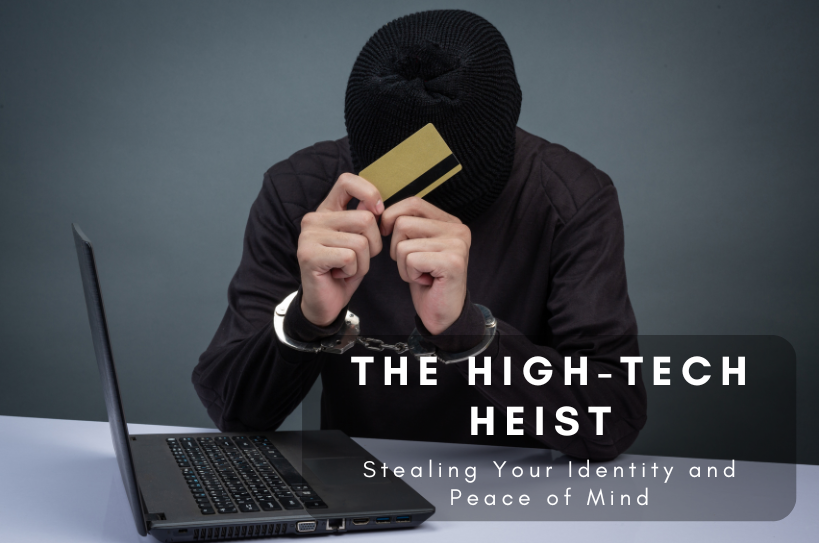Understanding the Threat
Identity theft occurs when someone unlawfully obtains and uses your personal information to commit fraud or other crimes. This sensitive information can include your Social Security number, credit card numbers, bank account details, and even your date of birth and address.
Cybercriminals employ various tactics to steal your identity. Some of the most common methods include:
- Phishing: Deceiving individuals into revealing personal information through fraudulent emails, texts, or phone calls.
- Hacking: Gaining unauthorized access to computer systems to steal sensitive data.
- Data Breaches: Exploiting vulnerabilities in company databases to steal large amounts of personal information.
- Skimming: Using devices to capture credit card information at ATMs or point-of-sale terminals.
- Shoulder Surfing: Watching individuals enter PINs or passwords at ATMs or public computers.
The Devastating Consequences
The impact of identity theft can be both financial and emotional. Victims may experience:
- Financial Loss: Unauthorized charges on credit cards, drained bank accounts, and fraudulent loans.
- Damaged Credit Score: Difficulty obtaining credit, higher interest rates, and denied loan applications.
- Emotional Distress: Anxiety, frustration, and feelings of violation.
- Time-Consuming Recovery Process: Hours spent disputing fraudulent charges, contacting credit bureaus, and filing police reports.
Protecting Yourself: A Proactive Approach
While it’s impossible to eliminate the risk of identity theft entirely, you can take several steps to significantly reduce your vulnerability:
1. Be Vigilant Online:
- Strong Passwords: Create complex, unique passwords for each online account.
- Secure Wi-Fi: Avoid using public Wi-Fi for sensitive transactions.
- Beware of Phishing Attempts: Be cautious of unsolicited emails, texts, and calls.
- Keep Software Updated: Regularly update your operating system and security software.
2. Monitor Your Financial Accounts:
- Regularly Review Statements: Check your bank and credit card statements for unauthorized transactions.
- Set Up Alerts: Enable email or text alerts for account activity.
- Consider a Credit Monitoring Service: These services can alert you to suspicious activity on your credit report.
3. Shred Sensitive Documents:
- Destroy Sensitive Information: Shred any documents containing personal information before discarding them.
- Securely Store Important Documents: Keep important documents in a safe or locked drawer.
4. Be Cautious with Social Media:
- Limit Personal Information: Avoid sharing sensitive information like your birthdate, address, or Social Security number on social media.
- Review Privacy Settings: Adjust your privacy settings to limit who can see your information.
5. Consider Identity Theft Protection Services:
- Comprehensive Protection: These services offer a range of features, including credit monitoring, identity restoration, and fraud alerts.
Taking Action After Identity Theft
If you believe you’ve become a victim of identity theft, take immediate action:
- File a Police Report: Contact your local law enforcement agency to report the crime.
- Contact Credit Bureaus: Place a fraud alert or security freeze on your credit report.
- Close Compromised Accounts: Cancel any affected credit cards, debit cards, and bank accounts.
- Monitor Your Accounts Closely: Keep a close eye on your financial accounts for any unusual activity.
- Work with Identity Theft Restoration Services: These services can help you navigate the complex process of restoring your identity.
By understanding the risks, taking proactive measures, and responding swiftly to potential threats, you can significantly reduce your chances of becoming a victim of identity theft and protect your peace of mind.




